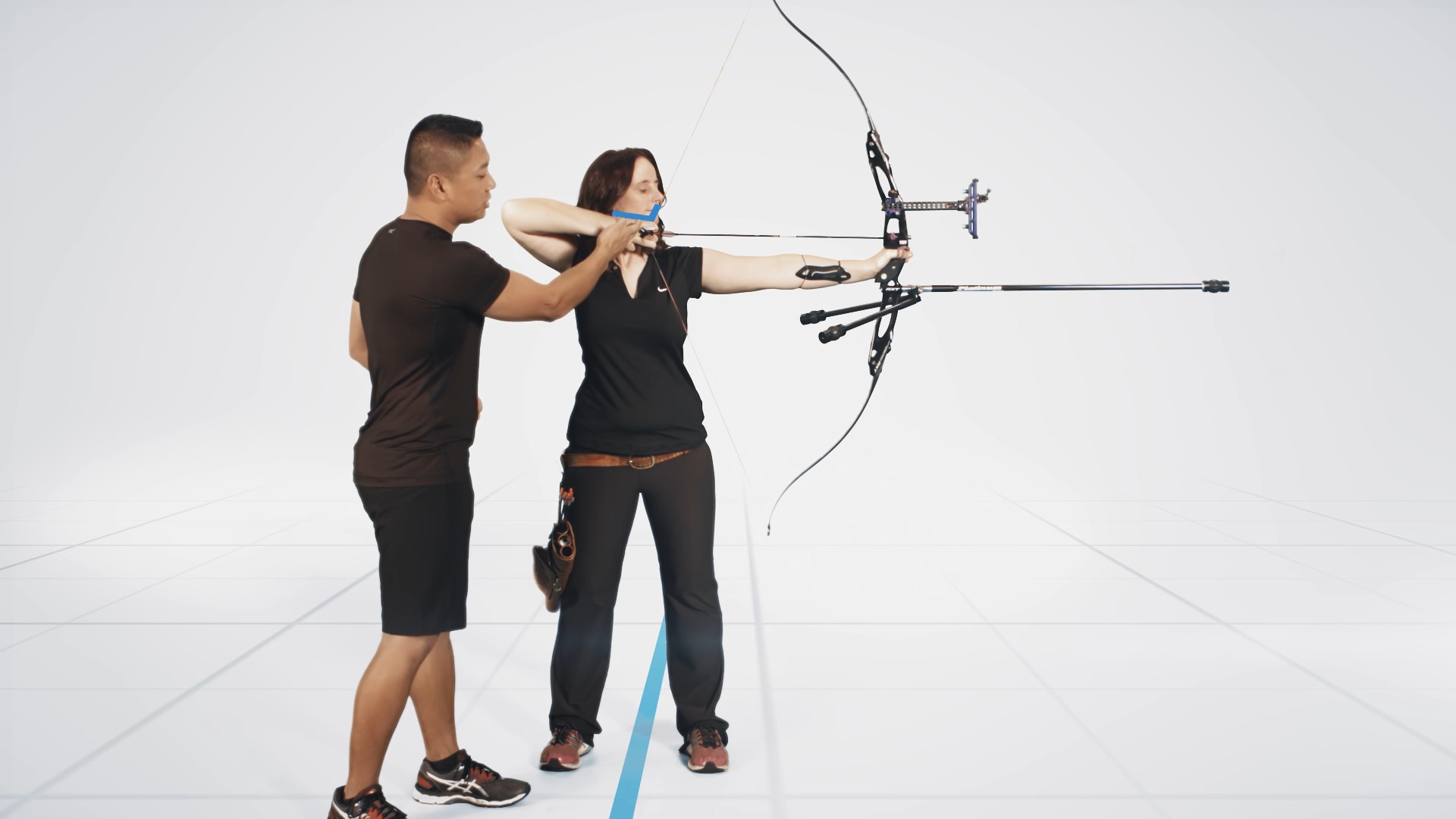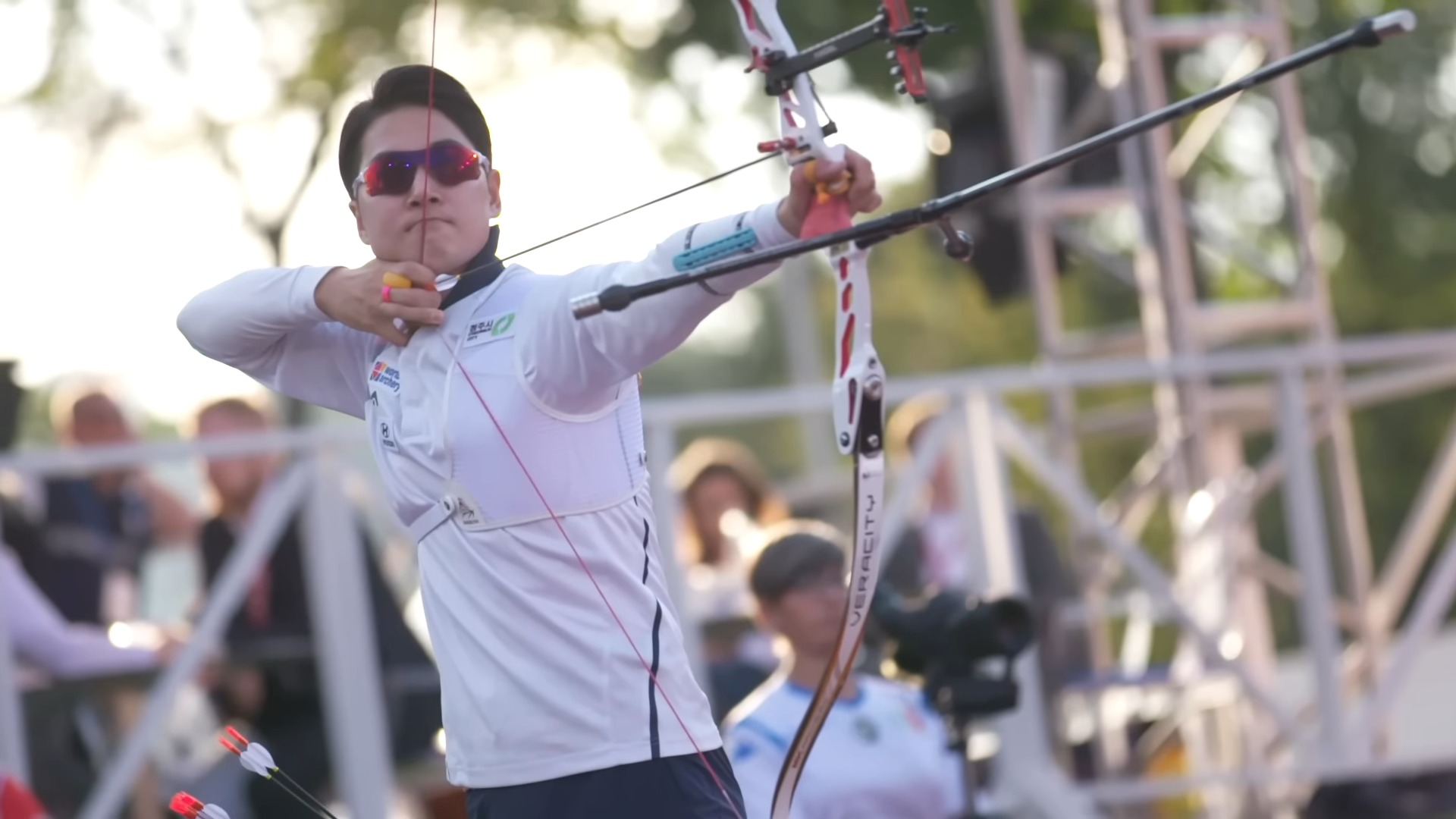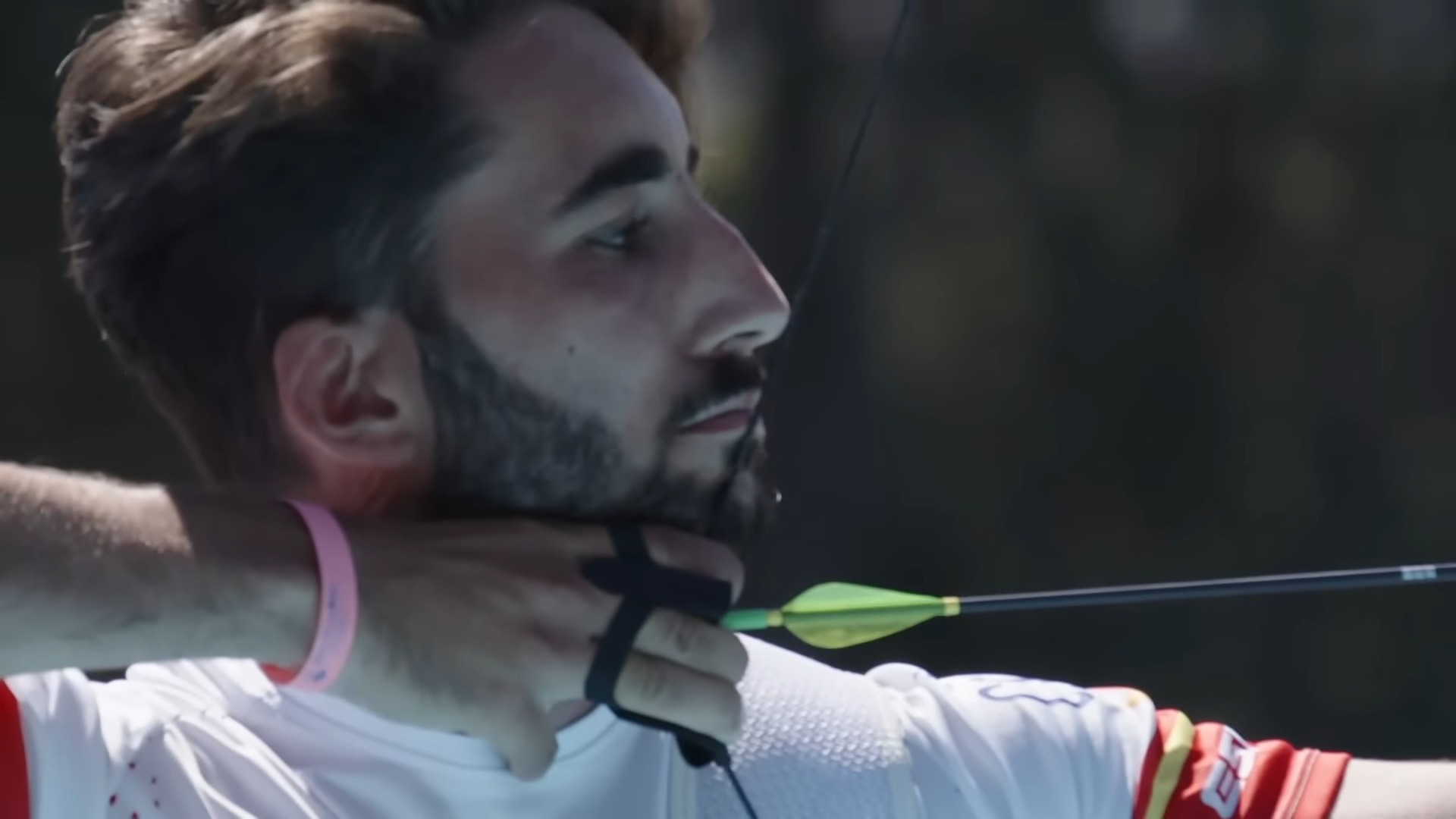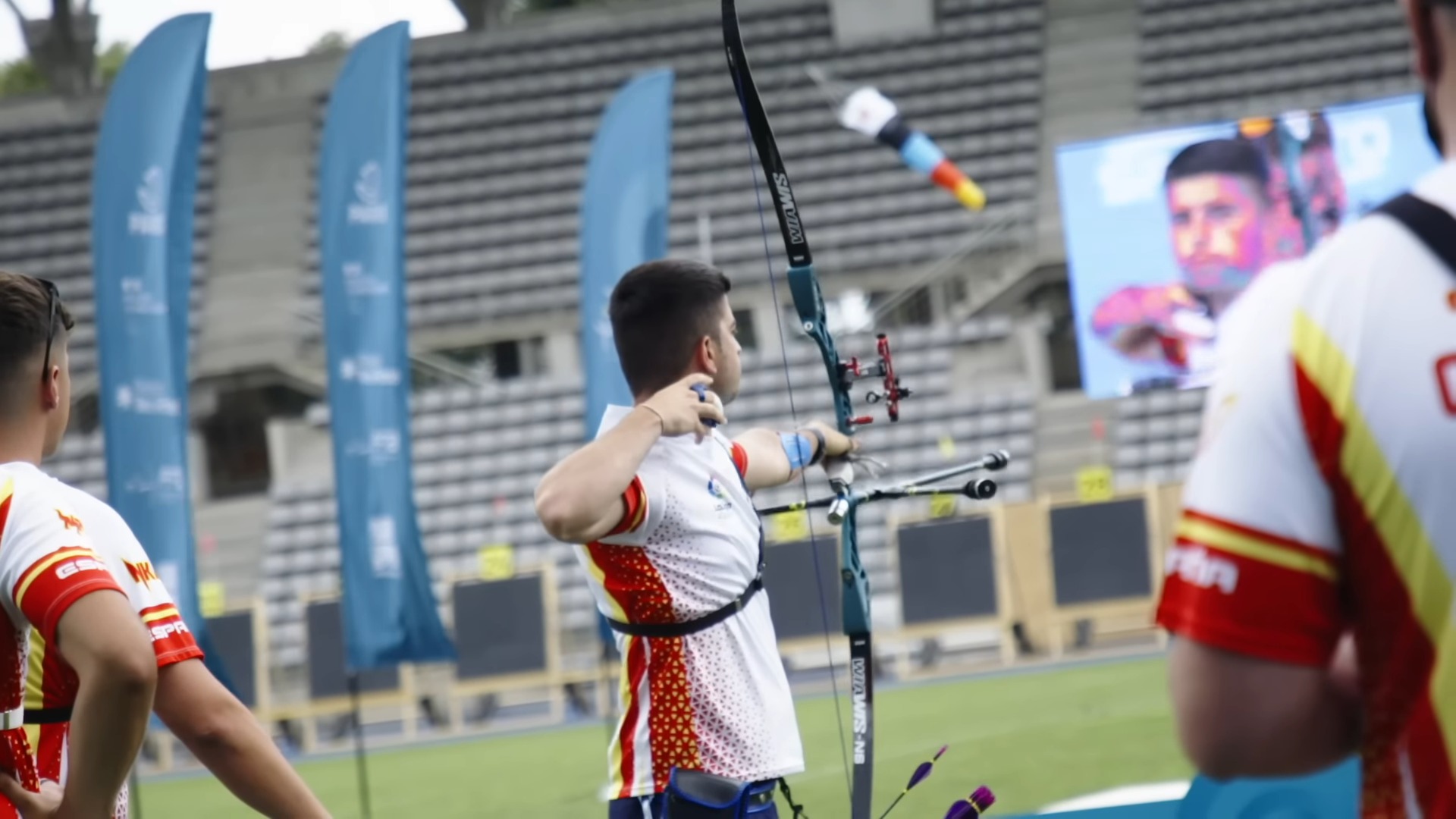Archery is a sport that combines art, discipline, and athleticism. In the realm of recurve archery, beginners must focus on a strong foundation to ensure their progression is steady and rewarding.
Here, I will walk you through the essential tips that cater to new archers aiming to hone their skills with the recurve bow.
Choosing the Right Equipment
When starting, the selection of your bow is critical. The ideal recurve bow should fit your body and strength. Pay attention to the bow’s length and draw weight. A longer bow generally offers more stability, which is beneficial for learners.
As for the draw weight, start low to prevent strain and allow for the development of proper form. Here’s a quick reference table for draw weight based on body type:
| Body Type | Recommended Draw Weight (lbs) |
| Small Child (70-100 lbs) | 10-15 |
| Larger Child (100-130 lbs) | 15-25 |
| Small Frame Women (100-130 lbs) | 25-35 |
| Medium Frame Women (130-160 lbs) | 25-35 |
| Small Frame Men (120-150 lbs) | 30-45 |
| Medium Frame Men (150-180 lbs) | 40-55 |
| Large Frame Men (180+ lbs) | 45-60 |
Choosing Arrows
The right arrows are as important as the bow itself. They must be compatible with the bow’s draw length and weight. Arrows that are too light can damage the bow, and too heavy can hinder your performance.
Arrow length should generally match or slightly exceed your draw length for safety and performance, so choose wisely!
Essential Accessories
For a beginner, some accessories are non-negotiable for safety and effectiveness:
- Armguard: Protects your forearm from string slap.
- Finger Tab: Safeguards your fingers from the pressure of pulling the string.
- Quiver: Holds your arrows and keeps them accessible.
- Sight: While optional, a sight can help with aiming consistency.
Developing Your Technique

The Stance
The proper stance lays the groundwork for every shot. Your feet should be shoulder-width apart, with toes pointing slightly toward the target. Maintain a straight but relaxed posture. I’ve recently written about how to hold your bow and arrow, so make sure to check that article out.
This position offers balance and stability, which are crucial for precise shooting.
Nocking the Arrow
Consistency is key. Place the arrow on the rest, ensuring the index vane (the odd-colored feather) is facing away from the bow. Nocking the arrow correctly will prevent it from falling off as you draw the bow.
Drawing the Bow
Smoothly pull the string back to your anchor point, which is a consistent spot on your face, such as the corner of your mouth or under your chin. Keep your shoulders down and back muscles engaged.
It’s a common mistake for beginners to use their arms primarily, but your back is where the real power comes from.
Practice Drills and Exercises

Blank Bale Shooting
This drill involves shooting at a blank target face from a close distance. It’s not about hitting the bullseye but about repeating your technique to build muscle memory. Focus on your form and the feel of each shot.
Grouping
Once you’re comfortable with your shot process, start aiming at a target. Don’t worry about hitting the center just yet. Instead, aim to get your arrows to land close together. Consistent grouping is a sign of improved technique.
Strength Training
Building the specific muscles used in archery is beneficial. Exercises such as resistance band pulls, and rowing can strengthen your back and shoulders. Include these workouts in your weekly routine to improve your archery stamina and control.
Refining Your Shot

Your sight picture is what you see when you aim, including the bow’s sight and the target. Familiarize yourself with this view and how it changes with distance.
Adjust your aim based on where the arrow hits—this is how you’ll find your sight settings.
The Importance of Anchor Points
An anchor point is where your hand or string comes to rest on your face at full draw. Having a consistent anchor point is non-negotiable for accurate shooting.
Most archers have multiple anchor points, such as the string touching the tip of the nose and the hand under the chin.
Breath Control
Your breathing pattern can affect your aim. Inhale as you draw and exhale as you aim. Hold your breath for a moment before release to stabilize your body. With practice, this will become second nature.
Mental Focus

Create a mental checklist of your technique. Before each shot, quickly run through this list in your mind. It should cover stance, grip, anchor point, and sight picture. This ensures you don’t rush the shot and every movement is deliberate.
Dealing with Pressure
Shooting well in a calm environment is one thing, but pressure situations can impact performance. Practice under different conditions and simulate pressure by setting goals or shooting in front of others.
The more you expose yourself to these situations, the better you’ll handle them.
Recording Progress
Keeping a Logbook
Track your progress by recording your practices. Note the distances shot, the number of arrows, conditions, and feelings during the session. Reviewing your log can help identify patterns and areas for improvement.
Video Analysis
If possible, record your shooting sessions. Watching yourself shoot can reveal inconsistencies in your form that you may not feel during the process. Use these insights to make corrections.
Advancing Your Skills
Joining an archery club can accelerate your learning. You’ll gain access to experienced archers, coaches, and structured training. Clubs often offer leagues or tournaments, which can be excellent for practice under pressure.
Online Resources and Networks
Leverage online forums, social media groups, and YouTube channels focused on archery. These platforms offer a wealth of knowledge, where you can ask questions and share experiences with fellow archery enthusiasts.
Participating in Competitions

Setting Realistic Goals
Enter local competitions once you feel confident. Set realistic goals for yourself, like achieving a certain score or simply completing the event without any missed targets. Competitions are valuable experiences that teach you about the sport and yourself.
Learning from Each Experience
Win or lose, every competition is a learning opportunity. Reflect on what went well and what didn’t. Apply these lessons to your practice. Over time, you’ll notice your approach to competitions and performance improving.
Fine-Tuning Your Equipment
Proper bow tuning ensures your equipment functions at its best. An untuned bow can lead to inconsistent shots and frustrate a beginner. Start with the basic tuning methods like checking the brace height and ensuring your arrows are spun correctly for your draw weight.
Arrow Rest and Nocking Point Adjustment
The arrow rest and nocking point should be aligned for the arrow to fly straight. Use a bow square to check the nocking point height and adjust it as needed. The rest should cradle the arrow securely without impeding its release.
String Maintenance
Your bowstring affects every shot. Regularly wax the string to protect it from wear and maintain its performance. Inspect the string for fraying and replace it when necessary. A well-cared-for string is more reliable, leading to better shooting experiences.
Building Consistency

Establishing a pre-shot routine helps build consistency. This routine could involve checking your stance, gripping the bow correctly, setting your grip, and focusing on your breathing.
The more ingrained this routine becomes, the more automatically you’ll perform under various conditions.
Practice Schedule
Set a regular practice schedule and stick to it. Consistency in practice leads to consistency in performance. Even if it’s just a few times a week, a stable routine is better than sporadic, lengthy sessions.
Feedback Loops
Use immediate feedback to adjust your technique. Whether it’s from a coach, a fellow archer, or your own observations, use this information to make real-time improvements to your form and approach.
FAQs
How often should I replace my recurve bowstring?
The lifespan of a bowstring varies based on usage and care. As a general guideline, replace your bowstring every 2-3 years if you shoot regularly.
However, if you notice any fraying, stretching, or consistent changes in your bow’s performance, replace it sooner.
Can I leave my recurve bow strung when I’m not using it?
It’s not advisable to leave your recurve bow strung when not in use for extended periods. Keeping it strung can lead to limb warping due to constant tension. Unstring your bow after each use or if you’re not going to use it for a day or more.
How do I know if my arrows are the correct length for my draw?
To find the right arrow length, stand with your arms extended and palms facing forward. Measure from the tip of one middle finger to the other, then add 1-2 inches to this measurement.
This length typically covers your draw length plus a little extra for clearance and safety.
What’s the best way to protect my fingers while shooting?
The best way to protect your fingers is by using a finger tab or archery gloves. These create a barrier between the bowstring and your skin, reducing the risk of blisters and calluses. They also help with releasing the string smoothly.
Is it normal for my arms and shoulders to feel sore after archery practice?
Yes, it’s normal to experience some soreness as you’re using muscles that may not be accustomed to the specific demands of archery. Proper warm-up and cool-down exercises, as well as consistent practice, will help reduce soreness over time as your muscles adapt.
What type of targets should I practice with as a beginner?
As a beginner, start with large, forgiving targets like block targets or foam layers that can stop arrows effectively without causing damage.
Use target faces with large circles to help with aim and provide a clear visual of your progress. As you improve, you can transition to smaller targets to refine your accuracy.
Final Words
Recurve archery is a journey that never truly ends. Each arrow released is a chance to learn and improve. By embracing these tips and maintaining a disciplined practice routine, beginners can transform into skilled archers, one shot at a time.
I’m Matt, and I’ve been with GearDesciple for about five years after my brother Jared roped me in. I wasn’t always into the outdoors, but a few reluctant hikes turned into a real passion. Now, I help test and review gear with a focus on honest, experience-based advice. As someone who came to outdoor life later on, I’m especially driven to help newcomers find their footing.